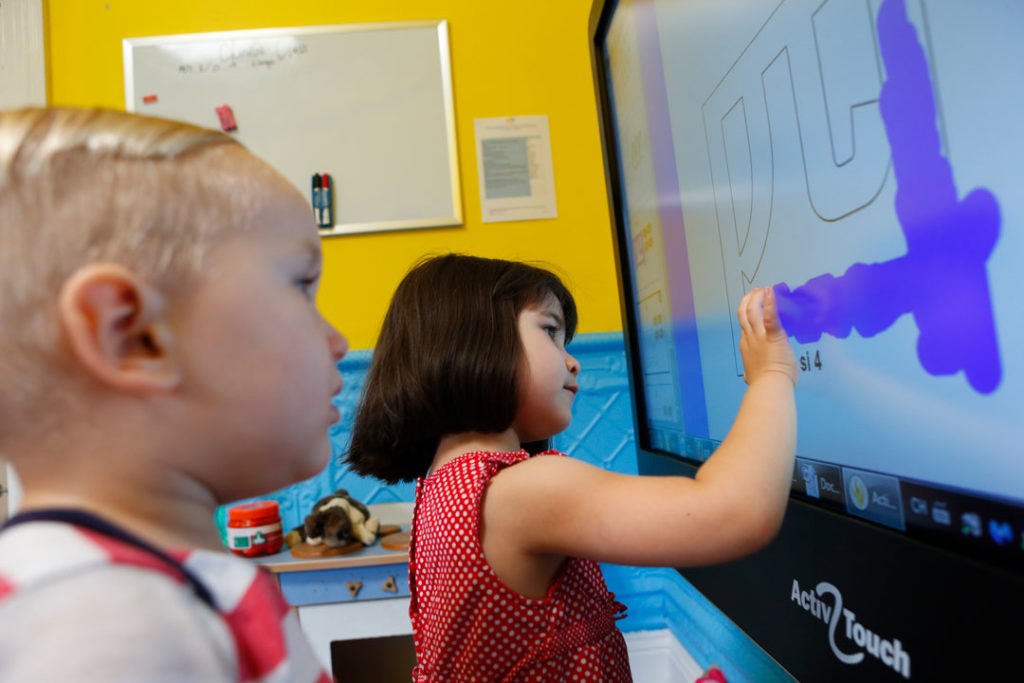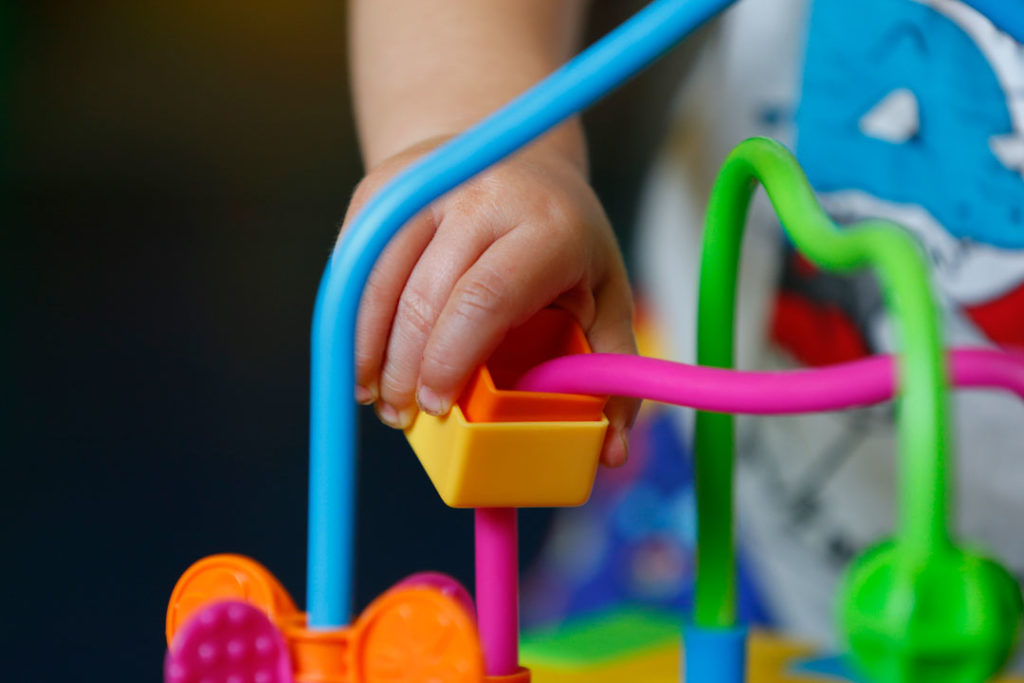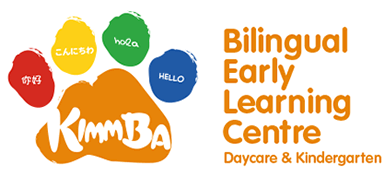Supporting Bilingual Children in Early Childhood

Why Raise Your Child Bilingual
When supporting bilingual children in early childhood, there are a few things you will need to do to ensure that the child grows up confident, and fluent in both languages.
Raising your child in a bilingual household is something many multicultural parents consider. Learning both your mother tongue and English gives your child the ‘best of both worlds’, being able to communicate with both family and friends in school or social contexts with ease.
The Early Years Learning Framework for Australia (EYLF) acknowledges the role of communication in ‘belonging, being, and becoming’. Basically, language is a huge part of identity, which is crucial to a growing child, shaping their sense of self as well as their understanding of the world around them.
Raising your child bilingual increases their understanding of the world from different language perspectives, and allows them to communicate with a broader range of people from different language and cultural backgrounds.
Methods for Bilingual Early Learning
If you want your child to grow up fluent in your native language while being comfortable using English, it’s a good idea to have one partner speak to the child in English while the other speaks to them in the other language. This approach helps children to separate and learn the two languages.
Creating a bilingual learning environment through learning materials and labels is another great idea. Surrounding the child with material and labels in both languages will immerse them in both languages, making language learning more natural.
Finding and coming up with your own resources, like songs and rhymes in your native language also reinforces language development, as music and rhythm make vocabulary ‘catchier’ and easy to retain.
There are a few different factors that affect the rate and effectiveness of bilingual learning, including the length of time exposed to the target language, age of the child, and the similarities between English and the other language. The child’s individual characteristics also play a part, including their personality, confidence and learning style.
Common Myths About Second Language Learning
Over the years, many myths about second language learning have been passed off as common knowledge – but how many of these beliefs are actually true?
One very common one is that delays in language are caused by learning a second one. Some children may have delays in language learning, but studies show that learning a second language neither increases or decreases the chance of language learning delay.

Another myth is that it is easier for the child to learn a second language if the parents stop using their home language and concentrate on the new language. In fact, the stronger the foundation is for the first language, the easier it is for a child to learn a second one. Ideally, parents should maintain their home language at home so that they provide or model examples of correct vocabulary, sentence structure and grammar for their child.
